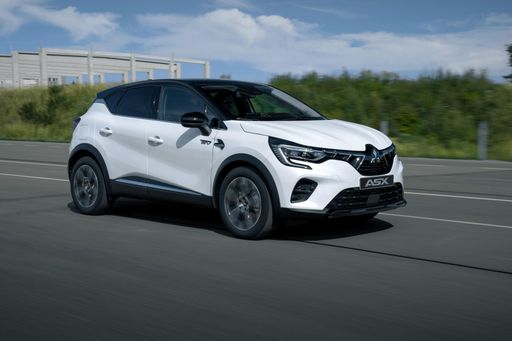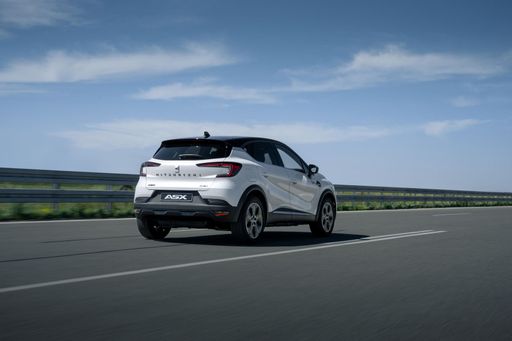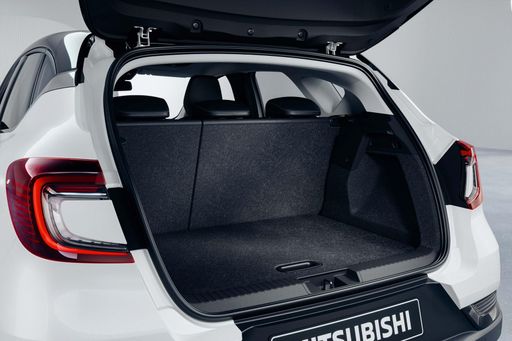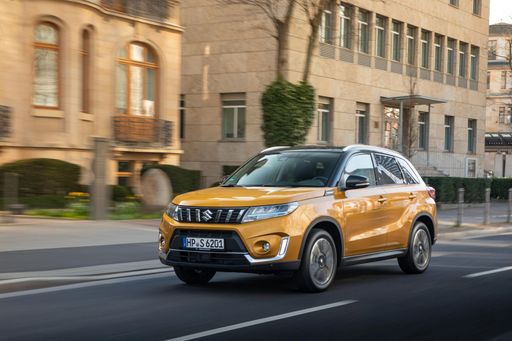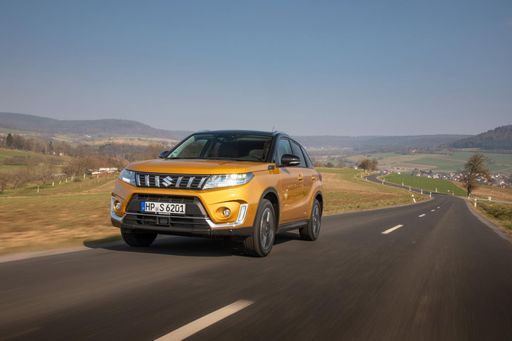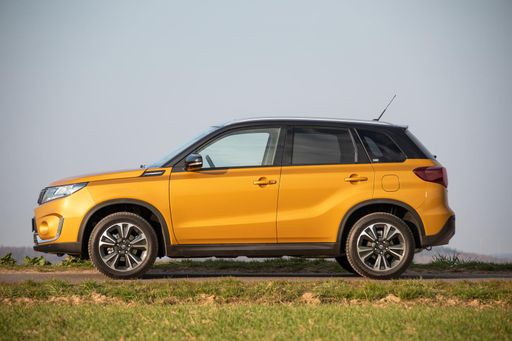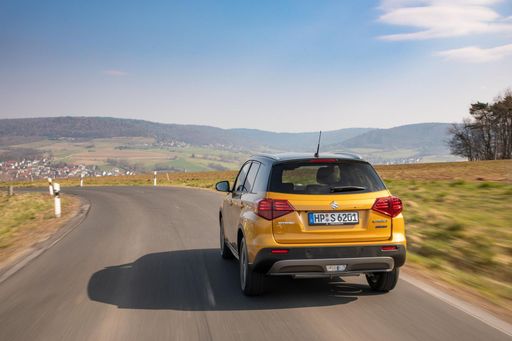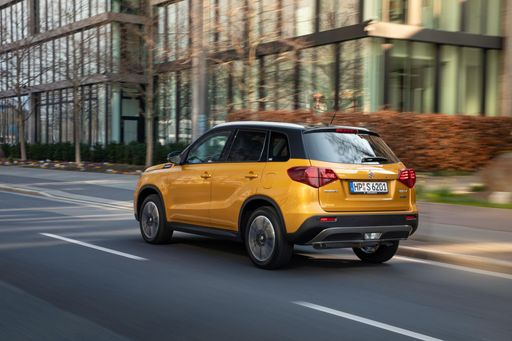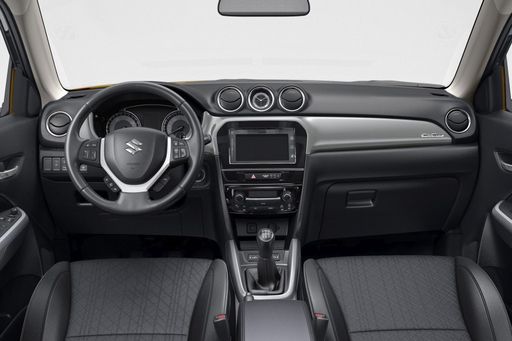Introduction to the Compact SUV Battle
The compact SUV segment has become increasingly popular among drivers looking for a blend of practicality, comfort, and performance. Two notable contenders in this category are the Mitsubishi ASX and the Suzuki Vitara. Both vehicles offer unique features and technological innovations that cater to a wide range of preferences. This article dives deep into a comparison of the Mitsubishi ASX and Suzuki Vitara in terms of technical specifications, design, and innovations.

